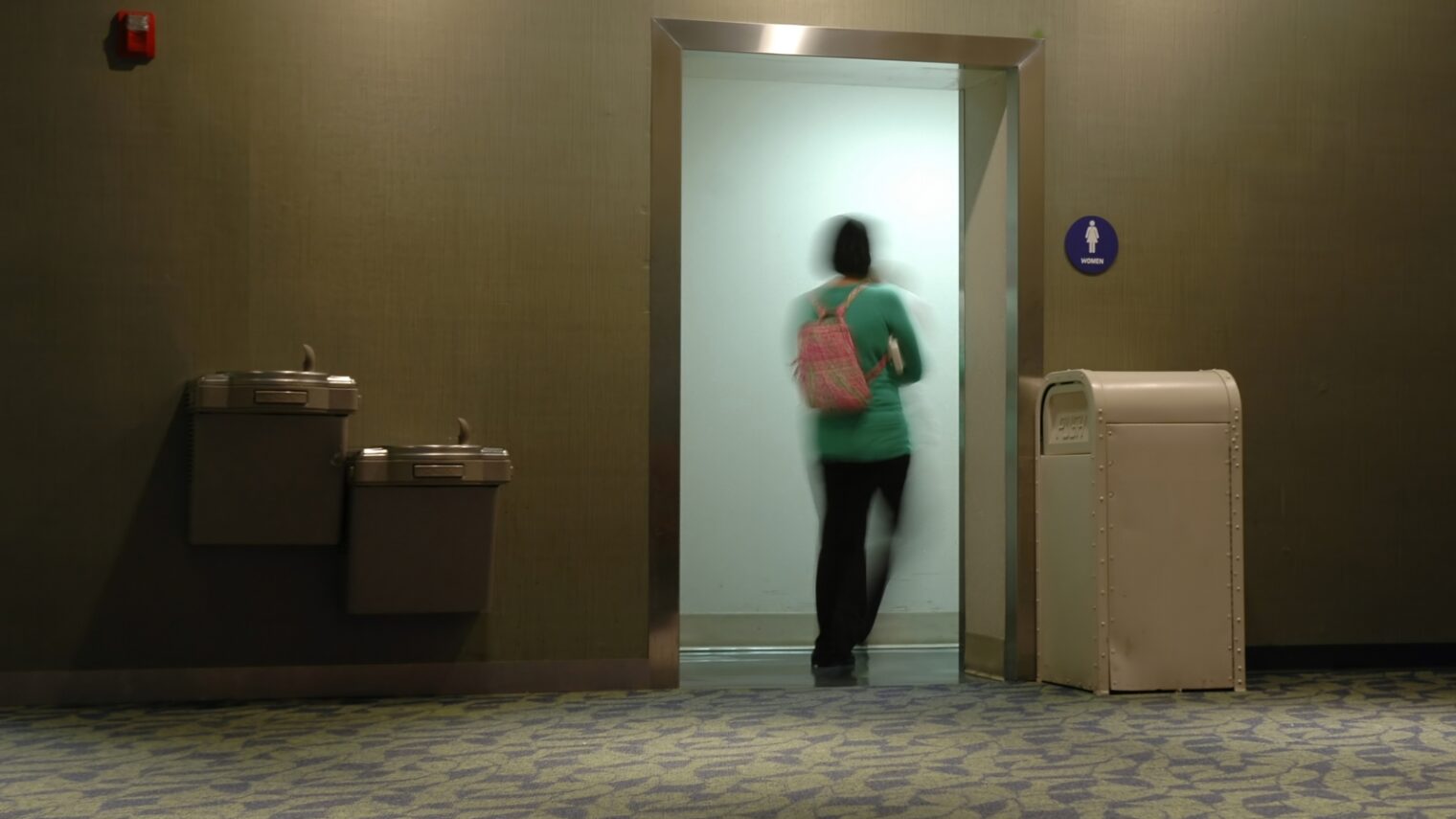About 66 million Europeans and 43 million Americans suffer from overactive bladder (OAB), which causes sudden, involuntary contractions of the muscle in the wall of the urinary bladder.
The first line of therapy is prescription medications, though they can cause unpleasant side effects. Another treatment involves surgically implanting an electrical stimulation device to disrupt the pathway of the tibial nerve, but patients may experience pain, the units may fail, and repeat surgeries are needed to replace the battery.
ISRAEL21c takes a look at three Israeli companies developing tomorrow’s non-narcotic solutions for OAB.
The first is a miniature wireless neurostimulation platform from BlueWind Medical, a six-year-old portfolio company of Rainbow Medical Herzliya, a private company that seeds and grows startups developing inventions of serial entrepreneur and medical device innovator Yossi Gross.
The OAB-1000 System, which recently received Europe’s CE Mark, is a matchstick-sized implant placed near the tibial nerve under local anesthesia.
BlueWind’s novel device is 90 percent smaller than existing neurostimulators because the controls and battery are uniquely contained outside the body in a wearable ankle device.
“The benefit of this miniature device is that it can be placed in the vicinity of the target nerve, which is inaccessible for current devices,” BlueWind CEO Guri Oron tells ISRAEL21c.
“The previously available devices require surgical procedures to implant, and they need leads and cables to connect them to the target nerve. A large battery must be replaced surgically three or four times over the lifespan of the product. They’re also prone to breakage and malfunction. With the BlueWind device, patients who now go through extended periods of suffering and medications may consider neurostimulation earlier and will be spared from unnecessary years of suffering.”
Efi Cohen Arazi, CEO of Rainbow Medical and chairman of BlueWind, adds that many physicians and patients avoid the neurostimulators available in today’s market because of their complications and inconveniences.
BlueWind will present the results of its 36-patient clinical study at the International Continence Society (ICS) conference in Tokyo next week. The four-center study was carried out in the Netherlands and the United Kingdom.
“The device was easy to implant, activate and use,” said Dr. Sohier Elneil of University College London Hospitals. “European participants in the study liked the idea of such a small implant and a very short procedure. They were very favorable to having the flexibility and sense of control by treating themselves at home, and were relieved from the burden of logistics associated with therapy in the clinic.”
Next year, BlueWind plans to unveil an even smaller version that will be injectable via a patented delivery system, eliminating the need for any incision. An application for approval from the US Food & Drug Administration (FDA) will be filed in 2017.
While establishing its device in the $3 billion-per-year OAB sector, BlueWind is also developing PNP-1000, a neurostimulator for treating peripheral neuropathic pain.
“It shows the power of the platform since once product can attend to both clinical indications,” says Arazi. “BlueWind is exploring multiple additional clinical indications using this unique platform.”
Botox for the bladder
In 2011, the FDA approved the use of Botox (botulinum toxin) to treat OAB. However, the current delivery method is expensive, can cause pain and infections, and must be performed under local anesthesia or sedation.
The Israeli startup Vensica is developing an ultrasound-based catheter that delivers Botox into the bladder wall painlessly, without needles.
Avner Geva founded Vensica in August 2014 in the Trendlines Medical incubator in northern Israel, based on his studies on therapeutic ultrasound and work experience in the Israeli medical device space. In July, the company closed a $500,000 financing round from a private foreign investor.
“I knew ultrasound’s advantages for drug delivery and applied it to the bladder,” he tells ISRAEL21c. “Our main strength is delivery of large molecules such as Botox, and it has to be delivered deeply into the bladder wall. Ultrasound can do this.”
The company recently raised half a million dollars in private investments to complete development and is now doing pre-clinical studies. “We hope to begin selling in Europe by the beginning of 2019,” Geva says.
“The big business opportunity is that a needle-free device is expected to increase Botox sales by $400 million yearly because so many more OAB patients will be willing to have the procedure,” Geva continues. “This means there is a huge opportunity for collaborations” with pharma companies that manufacture Botox, such as Allergan and Ipsen.
Another Israeli company, UroGen Pharma of New York and Ra’anana, is doing clinical studies on BotuGel, a novel sustained-release formulation of botulinum toxin for intravesical delivery (directly to the bladder) for the treatment of OAB. Results are expected in several months.














